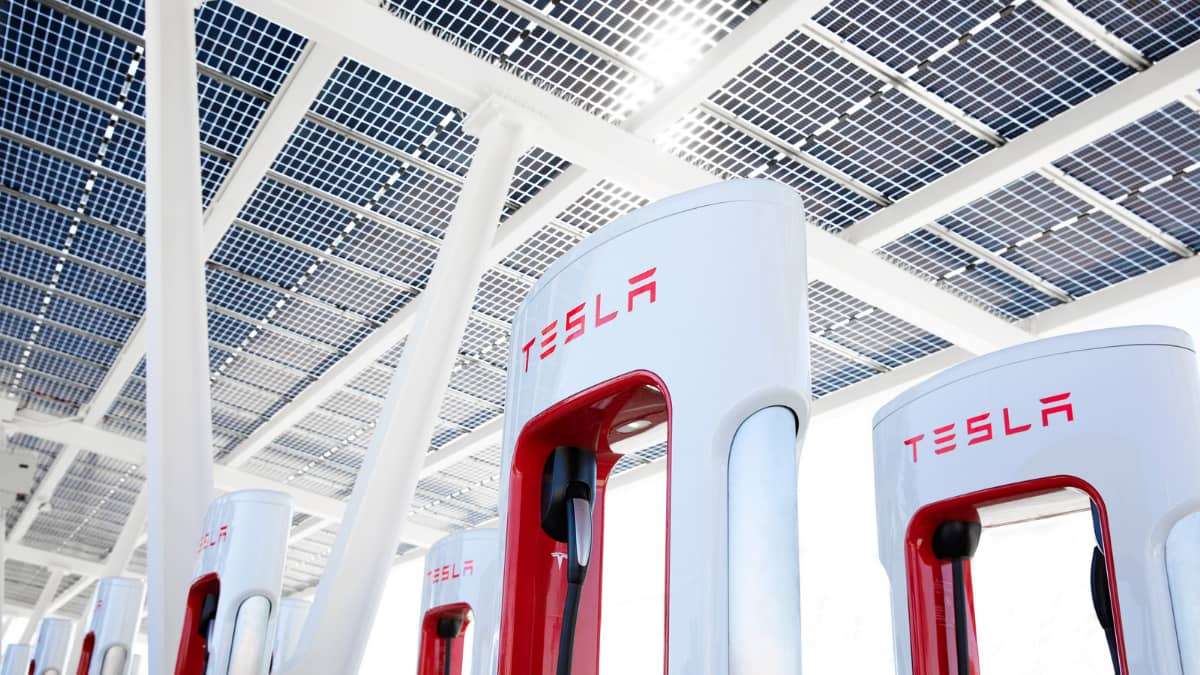The advantages of perovskites are clear: higher energy efficiency, flexibility to use in a variety of settings, and relatively low cost of production. These features make them ideal for the residential, commercial, and industrial solar panel markets; in addition, they are easily upgradable, so they can quickly be improved to keep up with technological advancements.
A recent research project conducted at the University of Rochester has shown that perovskites can improve the energy efficiency of solar panels by up to 250% through the use of metal and dielectric substrates. Perovskites are basically a family of materials that have a very promising crystalline structure, as a replacement for silicon in solar cells and detectors, due to their lower cost and similar efficiency. But now, thanks to research led by Chunlei Guo, a professor of optics at the University of Rochester, it has been shown that the light conversion efficiency of perovskites can also be increased by up to 250% using metal and dielectric substrates.
Perovskites have shown promise in recent years as a less expensive, equally efficient replacement for silicon in solar cells and detectors. New #RochesterResearch from @RochesterOptics professor Chunlei Guo suggests they may become far more efficient.https://t.co/13JhvhiqbF— University of Rochester (@UofR) February 21, 2023
Traditionally, perovskites have been synthesized in a wet laboratory and applied as a film on a glass substrate for later use in various applications. However, Guo has proposed an innovative physics-based approach that has enabled a significant increase in the efficiency of perovskites. Using a substrate of a metal layer or alternating layers of metal and dielectric material instead of glass, the researchers have succeeded in completely changing the interaction of electrons within perovskites, significantly increasing their light conversion efficiency.
According to Prof. Guo, “No one else has arrived at this observation in perovskites. Suddenly, we can put a metal platform under a perovskite, completely changing the interaction of the electrons inside the perovskite. So we used a physical method to design that interaction". The new combination of perovskite and metal creates "a lot of amazing physics", as metals, though the simplest materials in nature, can be made to take on complex functions. In fact, Guo's lab has pioneered a variety of technologies that transform simple metals into super-hydrophobic, super-hydrophilic, and solar-absorbing materials, among others.
In a solar cell, photons from sunlight must interact with and excite electrons to generate an electrical current. Electron recombination is essential to stop electrical current, so the solar cell must use materials that are weak to attract excited electrons back to atomic nuclei.

The researchers showed that this recombination could be substantially prevented by combining a perovskite material with a metal layer or meta-material substrate consisting of alternating layers of silver and aluminum oxide. With all this, research led by Prof. Guo and his team has shown that perovskites can significantly increase their light conversion efficiency using metal and dielectric substrates.
This new technique may be particularly useful in harvesting solar energy in the future: with a 250% increase in light conversion efficiency, perovskites hold out as a very promising and cost-effective alternative to silicon in solar cells. However, more research is required to fully understand the physics behind the interaction between perovskites and metal and dielectric substrates, but the results of Guo and his team's study offer a promising way to improve the efficiency of solar cells and other electronic devices based on perovskites.
Furthermore, this approach may offer a much cheaper and simpler alternative to producing high-quality perovskites, which could have significant implications for clean and renewable energy.
Source: chemeurope
Images courtesy of Tesla Inc.
Nico Caballero is the VP of Finance of Cogency Power, specializing in solar energy. He also holds a Diploma in Electric Cars from Delft University of Technology in the Netherlands, and enjoys doing research about Tesla and EV batteries. He can be reached at @NicoTorqueNews on Twitter. Nico covers Tesla and electric vehicle latest happenings at Torque News.





